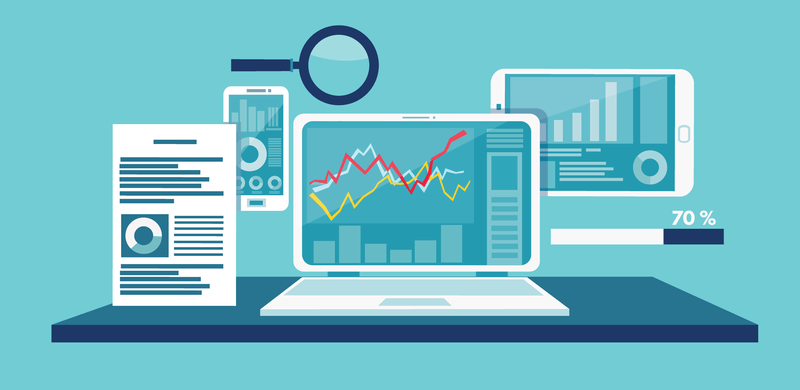What is a conversion?
A conversion happens when a visitor to your website performs a desired action, such as making a purchase or subscribing to your email list. The desired action can vary depending on the objective of your business—it could be a file download, an email sign-up, or a purchase. Actions before a sale may also qualify as conversions as they help you inch closer toward the larger end-goal of a completed purchase.
Why do conversions matter?
Conversions matter because they show the effectiveness of a company’s marketing funnel. Very few customers buy the moment they land on a company’s website. When you set multiple touchpoints and analyze the customer journey, you can push more leads down the sales funnel. Conversions enable businesses to differentiate between potential buyers and disinterested visitors. Any visitor who performs the desired action is categorized into a lead.
Conversions also help you identify problems in your website or marketing funnel. When you go through the customer journey and find any bottlenecks, you will know what’s working and what isn’t. Making a seamless customer journey without any major frictions is the key to boosting sales.
How to calculate your conversion rate
Contrary to popular belief, calculating conversions is a relatively simple process. Divide the number of conversions you get in a given period by the overall number of visitors to your site, then multiply the result by 100% to get your conversion rate.
Conversion rate (conversions/overall visitors) * 100%
Let’s see an example. If your website gets 15,000 visitors a month and 3,000 of those visitors end up converting, your conversion rate is 20%.
A great thing about conversion rate is that you can be as broad or as specific with it as you like. Below are the different types of conversion rates you can calculate to analyze performance.
- Marketing platform conversion rate – Are Facebook ads converting better than Google Ads?
- Keyword conversion rate – Which keywords are worth spending on?
- Page-level conversion rate – What pages drive the most subscriptions or purchases?
- Ad conversion rate – Which ad drives more qualified traffic? Do I need to tweak the copy?

Examples of conversions
What classifies as a conversion depends on the kind of website your business has. If you run an online shopping website, a purchase might classify as a conversion. If the goal of your website is to get more people to fill a form, the conversion could be filling out a form. Even a phone call can be a conversion if that is the goal of your site.
For B2B or complex B2C businesses, a conversion can be inviting more people to a landing page, more views on a video, newsletter sign-ups, or form submission. For mobile, it could be an install, sign-up, download, or purchase.
It is essential to have a conversion strategy for increasing sales. The process of finding and applying these strategies to boost conversions is known as conversion rate optimization.
CRO methods
Create content that converts
Content can make or break your conversions. Great marketing content can pull visitors in, whereas fluff can turn away even the most loyal customers. Ecommerce stores often fill their pages with keywords to show up higher on search engines, but this often has a negative impact on their conversions. Instead, you should tailor your copy to human emotions and include keywords that match the searcher’s intent.
Target a specific segment
Landing pages that convert well are those that give quick and immediate answers. Instead of stuffing these pages with general information for a broad audience, target a segment and provide tailored responses through your landing page.
Test regularly
To improve your conversion rate, you must set some benchmarks on conversions like form submissions, phone calls, and product orders. Once done, test your performance against these benchmarks regularly to see where you stand. It’s also crucial to perform A/B testing or refine strategies whenever possible so you can get more conversions and sales.